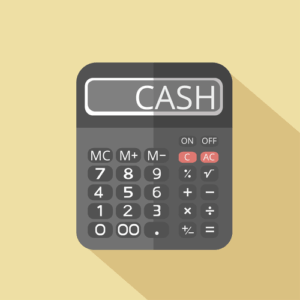
In addition, Entity A must account for the $0.25m of additional depreciation charge on the fair value adjustment on real estate when applying the equity method. This is calculated as the fair value adjustment on real estate divided by 15 years of remaining useful life, multiplied by Entity A’s 25% share (i.e., $15m/15 years x 25%). Notwithstanding that some have advocated eliminating the equity method of accounting, its principles have remained intact – often bending, but not yet breaking – as the capital markets evolve.
The equity method acknowledges the substantive economic relationship between two entities. The investor records their share of the investee’s earnings as revenue from investment on the income statement. For example, if a firm owns 25% of a company with a $1 million net income, the firm reports earnings from its investment of $250,000 under the equity method. The equity method is the standard technique used when one company, the investor, has a significant influence over another company, the investee. When a company holds approximately 20% or more of a company’s stock, it is considered to have significant influence.
Equity accounting: how does it measure up?
Because there are two or more accounts affected by every transaction carried out by a company, the accounting system is referred to as double-entry accounting. The accounting equation helps to assess whether the business transactions carried out by the company are being accurately reflected in its books and accounts. The proposals could be seen as creating confusion about the purpose and nature of the separate financial statements.
Get stock recommendations, portfolio guidance, and more from The Motley Fool’s premium services. Dividends and other capital distributions received from an investee reduce the carrying amount of the investment (IAS 28.10). Currently, the IASB is working to clarify several application issues regarding the equity method that have been raised with the IFRS Interpretations Committee. More information can be found in this summary of the IASB’s tentative decisions and on the project page. However, the investor, Company B may be the only company with access to this material. Therefore, Company B is the key supplier for Company A and will exert control over its production activities.
Recording Revenue and Asset Changes Under the Equity Method
Equity accounting was originally used as a consolidation technique for subsidiaries at a time when acquisition accounting was considered inappropriate because it showed assets and liabilities not owned by the reporting entity. In summary the carrying value shown on the investors equity method investment account is calculated as follows. The cost and equity methods of accounting are used by companies to account for investments they make in other companies. Here’s an overview of the two methods, and an example of when each could be applied. Entity A recognises the change in net assets attributed to its holding in its P/L. During the year ended 31 December 20X1, Entity B generated net income of $10m and paid dividends of $7m.